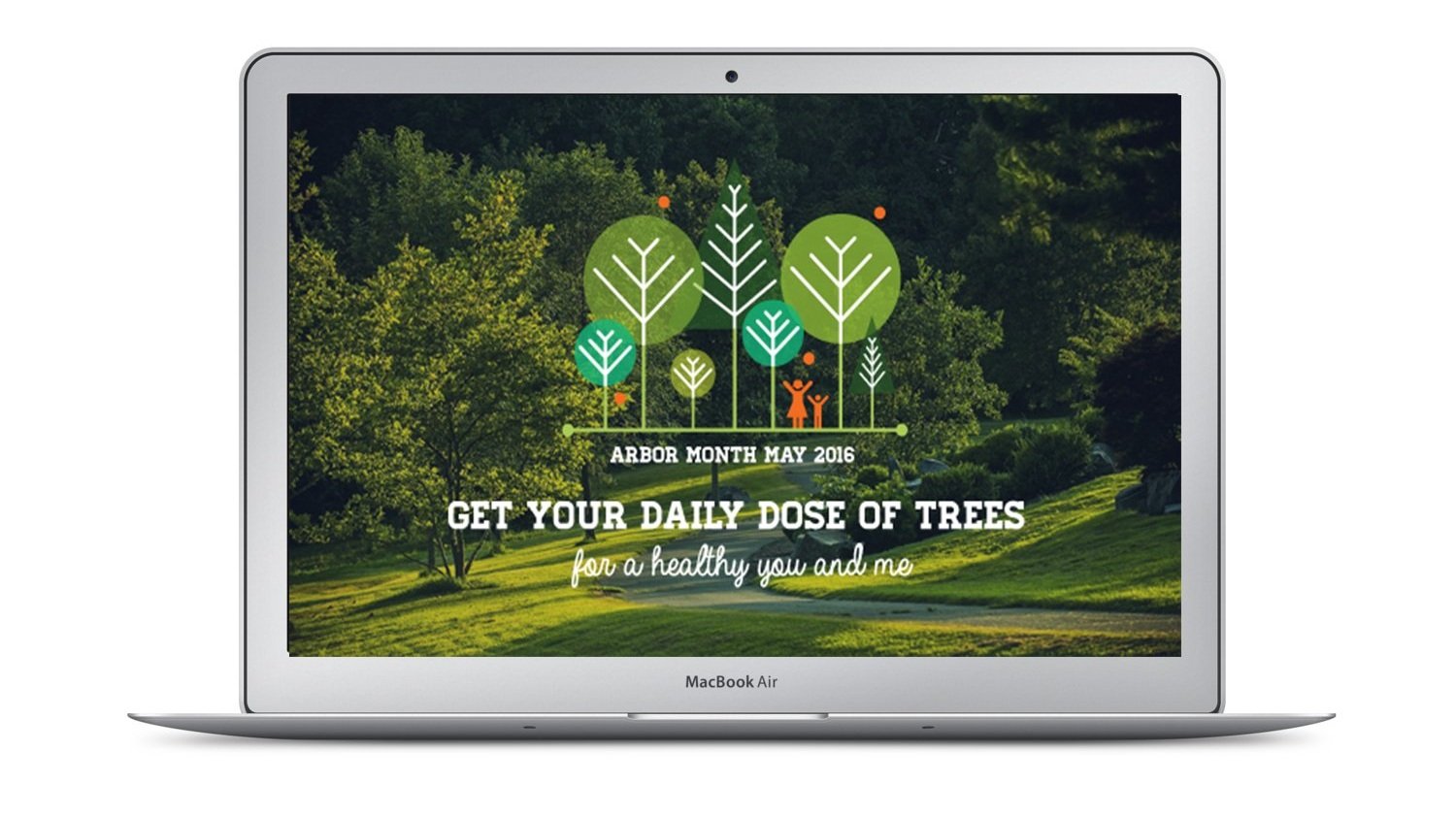Cancer and the Environment
A Targeted Campaign Provides Clarity + Demonstrates Empathy
“We are really happy with the look and feel as well as the level of information.”
Julie Kadrie, Health Communications Director | Site Assessment and Consultation | Environmental Health Division | MINNESOTA DEPARTMENT OF HEALTH
Helping Minnesotans with Concerns about Environmental Toxins and Cancer
The Minnesota Department of Health (MDH) actively works to protect Minnesotans’ health and prevent serious diseases like cancer. MDH works behind the scenes with families, neighborhoods, schools, and workplaces to create conditions that support the health of all Minnesotans, no matter where they live.
The Environmental Health Division (EHD) of MDH focuses on the many conditions in the environment that affect health.
EHD staff members are frequently contacted by people seeking more information about cancer and environmental exposures. This includes people living near contaminated sites, parents of children with cancer, and people who are concerned about cancer clusters. At the same time, cancer occurrences are more common than many people realize, and some who contact EHD need information about cancer and the environment to better understand common and potential risk factors.
A PROCESS GROUNDED IN COLLABORATION, CONSENSUS, AND EQUITY
EHD asked for help improving their outreach and effectiveness through intentional listening to members of disproportionately affected communities, and tailoring messaging and communications to be responsive to community needs, as well as providing accurate information to all Minnesotans about cancer risk.
Qualitative communications research—focus groups and key informant interviews with people who had contacted MDH, and subject matter experts — was conducted by MP+G and partner, Danie Watson. The data from these sessions was analyzed to better understand the communications needs of target audiences. MP+G assisted with the focus groups to gain insight and helped with data collection and interpretation.
KEY FINDINGS LED TO CLEAR MESSAGING GUIDANCE:
Participants said that they expected MDH to respond to their inquiries with compassionate concern, understanding, reassurance, and explicit recognition of factors creating historical trauma in marginalized communities.
Respectful, reciprocal, and collaborative communications are desired while some participants seek a dialogue with, and response from MDH.
Knowledge levels varied about possible exposures to hazardous substances in the environment and concerns about links between toxic chemicals and cancer indicating more education is needed.
The Enviromental Health Division will benefit from working through its community-led partner organizations to develop culturally informed materials, and to engage these partners in outreach.
Plain-language versions of information should accompany scientific explanations.
RESEARCH-DRIVEN COMMUNICATIONS LEAD WITH COMPASSION
In next phase, MP+G used the research to guide the creation of the creation of a video and eight information sheets about cancer and the environment were developed and then tested with members of the target audiences and revised based on feedback. MP+G also provided recommendations, content, navigation, and graphic changes for the EDH website.
Empathetic, Informative, Hopeful Results:
When tested and revised based on focus group feedback, we learned the animated video acheived its goal in providing an empathetic and informational overview of cancer and the environment in an easy-to-comprehend, factual, and compassionate manner.
In addition, feedback showed the video provides hope by sharing healthy ways individuals can improve their risks along with links to resources for more information. The video is embedded in Environmental Health Division’s home page and used by educators during outreach presentations to the public. It is also designed to appear in social media posts.
With the addition of the video and incorporating people-friendly graphics throughout, the new website is now a warmer, more welcoming, and easier-to-navigate site within the Minnesota Department of Health website. The detailed, peer-reviewed information sheets are available to the public as downloadable PDFs and will also serve as handouts for in-person meetings, focus groups, and presentations.
Download our Cancer and the Environment case study to learn more.
Deliverables
Market Research
Focus Group Facilitation
Detailed Research-based Information Sheets
Animated Video
Graphs and Charts + Digital Assets
Website Navigation Guidance + Content










